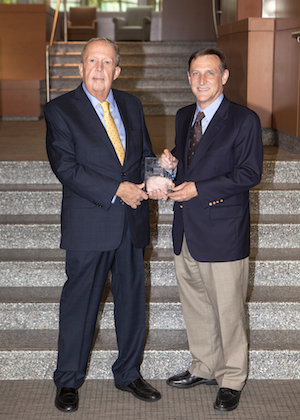With winter on its way, some attention is returning to that other pesky virus: influenza. Emory virologist Anice Lowen and her colleagues recently published a paper in Nature Microbiology highlighting just how inefficient the flu virus is. (Also available on Biorxiv).
It’s not like sperm fertilizing an egg, where one does the trick. Several viral genomes are often required to crash the cellular party. This requirement for multiple genomes may be especially apparent when flu viruses are threatening to cross species barriers – from bird to human, for example.

“An exceptionally high need for multiple infection can occur when an IAV [influenza A virus] infects a new species,” the authors write. “Dependence on multiple infection is of particular interest to cross-species transfer for two reasons: first, it can be overcome in the absence of genetic adaptation through infection at a high dose and second, it leads to high levels of reassortment, which in turn can facilitate adaptation to a new host.”





